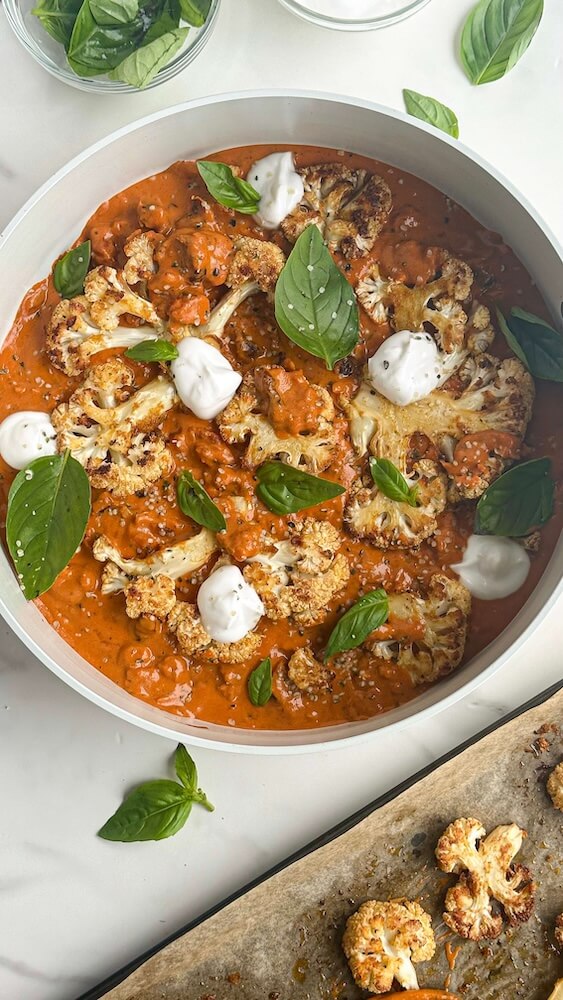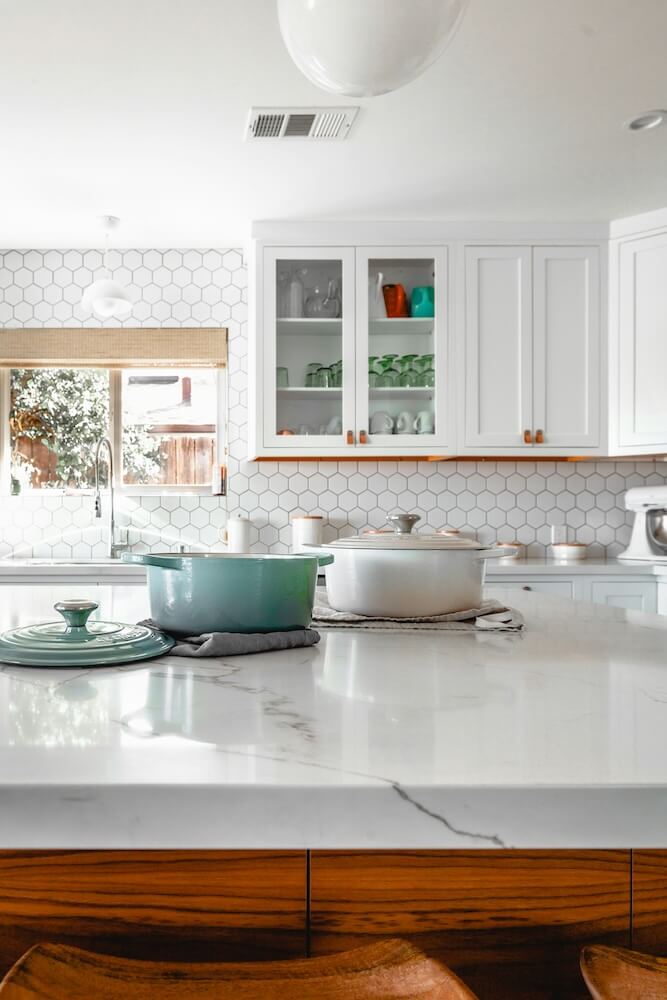Stuck Deciding Between The Cocotte Vs Dutch Oven For Your Next Kitchen Companion? Discover The Right One For You Right Here
Enter the cocotte and Dutch Oven, two of the best traditional cookware that families who love to cook would invest in. Be it one of them or both. They are both steeped in tradition and revered for their cooking prowess, becoming essential cookware pieces in kitchens and cuisines worldwide. Yet they each offer unique features that cater to different lifestyle needs.
Homecooks who favour delicious pursuits in vibrant culinary scenes will often find themselves caught between whether a cocotte or a Dutch oven is best for them. As with most cookware, choosing the right one is indeed a pivotal decision. So which is it going to be?
We’ll delve into the heart of the war between these kitchen heavyweights by exploring their origins, similarities, differences, and best uses to help you make the right choice.
Whether you’re a seasoned homecook looking for the ultimate vessel to cook a quick and comforting one-pot risotto marinara, a rich and creamy coconut beef curry, or perhaps even bake a sourdough, put a hold on your salivating self and read on to get yourself that much closer to your next trusty kitchen companion.

But first, let’s check out what exactly cocottes and Dutch ovens are!
What Is A Cocotte?
A cocotte is essentially the French word for a small French oven or a cooking pot. It is a type of cookware made from cast iron with an enamel coating on its surface that provides it with limited non-stick capabilities. Think of it as the French version of a Dutch oven.
Cocottes are typically smaller in size than a standard Dutch oven and they come in various shapes and designs. The most recognisable ones being cocottes in the form of a pumpkin or a heart. These are typically the reason behind why a cocotte is often seen as both a functional and decorative piece in the kitchen.

What Is A Dutch Oven?
A Dutch oven is a traditional cookware that is said to be developed in the early 1700’s in Europe, where its initial appearance featured legs and a lid. These days, the Dutch oven is a heavy duty cooking pot with a heavy tight-fitting lid, two handles, and is traditionally made out of cast iron or enamelled cast iron in some cases.
Dutch ovens come either in its traditional raw, unfinished form, also known as raw cast iron Dutch oven, or with an enamel coating on its surface, where it is then known as enamelled cast iron Dutch oven.
Contrary to its name, a Dutch oven is not an oven, but a cooking vessel that can be used on the stovetop or in the oven and induction cooktops.
9 Similarities & Differences Between The Cocotte vs Dutch Oven

1. Material
Both the French cocotte and Dutch oven are made from cast iron. The only difference is how cocottes are typically made with an enamelled coating that gives it its classic smooth, creamy surface. This makes it essentially an enamelled French oven, whereas the Dutch oven can either be enamelled or left in its dark unfinished yet seasoned, raw cast iron form.
2. Origin
True to its namesake, the cocotte originated in France as an enamelled cast iron cooking pot, while the Dutch oven’s origins can be traced back to the Netherlands in the 17th century. Even though it is called the Dutch oven, it wasn’t invented in the Netherlands, but rather the process to create the Dutch oven indeed originated from the Netherlands.
It started when a British merchant observed the Dutch’s process of casting metal pots by using moulds made of sand. The merchant then decided to manufacture them in England, leading to the creation of the Dutch oven.

3. Design & Aesthetics
The French cocotte often comes in more ornate designs and colours, such as the iconic orange or red pumpkin-shaped cocotte, the tomato-shaped cocotte, and even a heart-shaped cocotte. Popular cast iron French cocotte brands like Staub, Chasseur, and Le Creuset usually offer their cocottes in a plethora of colours, staying true to the French oven’s known colourful design.
On the other hand, the Dutch oven is often more rustic and utilitarian in design especially with the raw and seasoned cast iron Dutch oven. It typically comes in its natural black and textured form with the standard cooking pot design in either the classic round or oval-shape. That said, colourful options do exist but only for enamelled cast iron Dutch ovens.
4. Lid
Both the French oven and Dutch oven come with a heavy, tight-fitting lid that allows food to retain moisture over the cooking process. The difference between the two is how the cocotte’s tight-fitting lid often comes with little blunt spikes on its interior to help redistribute moisture evenly through a process called basting - where food is continuously drizzled with its own moisture over the cooking process.
On the other hand, the Dutch oven’s lid usually comes without spikes. What you’ll get is a lid with a smooth interior while being heavy and tight-fitting to contain the food’s moisture as it cooks, essentially putting it through a steam session of its own juices.
So when it comes right down to it, cocottes tend to have the upperhand in helping you cook incredibly flavoursome food thanks to the under-spikes that provide it with self-basting properties.

5. Heat Retention & Heat Distribution
Cast iron boasts excellent heat retention and distribution as it is. Which is why both the French oven (cocotte) and Dutch oven are renowned for their impressive heat retention and even heat distribution properties thanks to their cast iron construction.
What this means is that both the French oven and Dutch oven won’t let you down when it comes to delivering delicious, slow-cooked meals or to keep your freshly cooked one-pot wonders hot until you and your family are ready to dig in.

6. Usage & Versatility
Cocottes and Dutch ovens are cast iron cookware made from the same material, but even in its traditional round or oval shape, both of them have their own individual uses where they shine.
For one, the cocotte is most commonly used for slow-cooking, boiling, braising, roasting, and baking. They are excellent when it comes to making stews, soups, braises, bakes, and one-pot meals thanks to their smaller size. Even though the cocotte is incredibly versatile when it comes to cooking tasks, it has a disadvantage in how it cannot be used for outdoor cooking because the enamel is vulnerable to chips and cracks.
The Dutch oven’s typically larger size and robust nature makes it a more versatile cookware piece thanks to its heightened durability, but this only applies to raw cast iron Dutch ovens, not their enamelled counterpart. Dutch ovens are generally best for slow-cooking, braising, stewing, deep-frying, roasting, baking, and yes, outdoor cooking.
Ultimately when it comes to usage, the Dutch oven has a small leg up compared to the cocotte because you can also bring it with you for outdoor activities such as camping.
7. Size & Capacity
The cocotte’s size generally ranges between 2.4L to 8.5L, true to its often smaller and rounder form. This makes them ideal for cooking smaller cuts of meat and vegetables and baking bread. Its size also makes it the better choice when it comes to entertaining a small to medium crowd between 1 to 4 diners. Think delicious dishes that are best served in smaller portions such as casseroles, gratins, one-pot dishes, and baked desserts.
Whereas the Dutch oven often comes in a broader and larger range of sizes from 1L up to 12L in capacity. Their large size makes them extremely versatile for large family feasts and batch cooking dishes like stews, roasts, and soups.
That said, it’s important to remember that the Dutch oven’s larger size makes it a little more challenging to store in kitchens with limited space compared to the French oven cocotte.

8. Weight
When it comes to weight, both the cast iron Dutch oven and French oven are definitely one of the heaviest types of cookware to grace any kitchen. The French oven is sometimes lighter than the Dutch oven thanks to its smaller size, with it ranging approximately between 4kgs to 9kgs depending on its size, without any content.
Dutch ovens, especially raw cast iron versions, are generally heavier ranging from 5kgs to 12kgs depending on its size. So if you find yourself struggling to use heavy cookware, both the Dutch oven and cocotte may not be the ideal kitchen companion. Do check out Cosmic Cookware’s ceramic non-stick casserole as a much lighter and versatile alternative to traditional Dutch ovens and French ovens.
9. Maintenance
Between the cocotte and Dutch oven, the cocotte definitely has a slight edge when it comes to maintenance. The cocotte’s enamelled surface allows you to wash it directly in the dishwasher and skip out on the sometimes cumbersome seasoning process thanks to its semi non-stick, smooth enamelled surface. However, you should not expose the cocotte to extreme heat because it is still prone to thermal shock, making it vulnerable to chips and cracks.
On the flipside, the Dutch oven requires regular seasoning before and after each use simply to ensure that food does not stick, while building a natural layer of non-stick over time. Though it may sound tedious, this consistent act ensures that your Dutch oven lasts for the decades to come. While it cannot be washed in the dishwasher to prevent it from rusting, you can still expose it to extreme heat without fear of chips or cracks.

What Are Cocottes Used For?
Cocottes are one of the top cookwares for slow cooking, braising, stewing, roasting, and baking. Their design and enamelled cast iron construction allows for even heat distribution and fantastic heat retention, making it indispensable for comforting favorite recipes such as casseroles, soups, stews, and tender, slow-cooked meats. Its design also makes it a stunning cookware piece for dinner hosts to serve their guests a freshly cooked dish in style from oven to table.
What Is The Difference Between A French Oven And A Cast Iron Dutch Oven?
In today’s modern world, the terms “French oven” and “Dutch oven” are often used interchangeably, but there are significant differences. For instance, the term “French oven” refers to cocottes, which is an enamelled cast iron cookware in the form of a cooking pot. The French oven, or cocotte, is generally associated with French cuisine while boasting more decorative designs. The lid also typically has spikes in its interior to promote moisture circulation within the pot itself.
Then on the other side you have the Dutch oven, which commonly refers to a heavy, cast iron pot which can either be bare or enamelled, with its bare appearance being the most common one. Dutch ovens are known for its durability and versatility especially with how it can be relied on for outdoor cooking tasks.

Can I Put A Cocotte In The Oven?
You most certainly can put a cocotte in the oven! Cocottes and Dutch ovens are both designed to be oven-safe and withstand high temperatures. The only thing to bear in mind is to ensure that the cocotte’s tight lid and handle are made from oven-safe materials because some cocottes come with a plastic lid knob.



